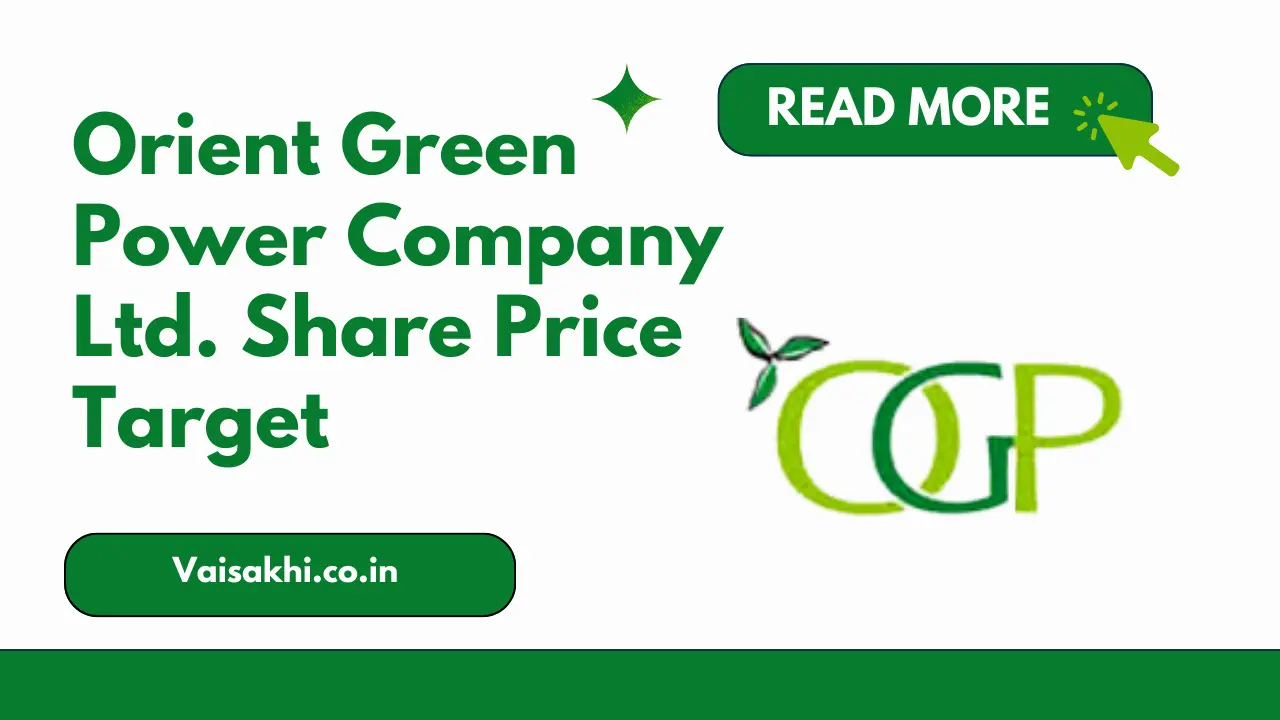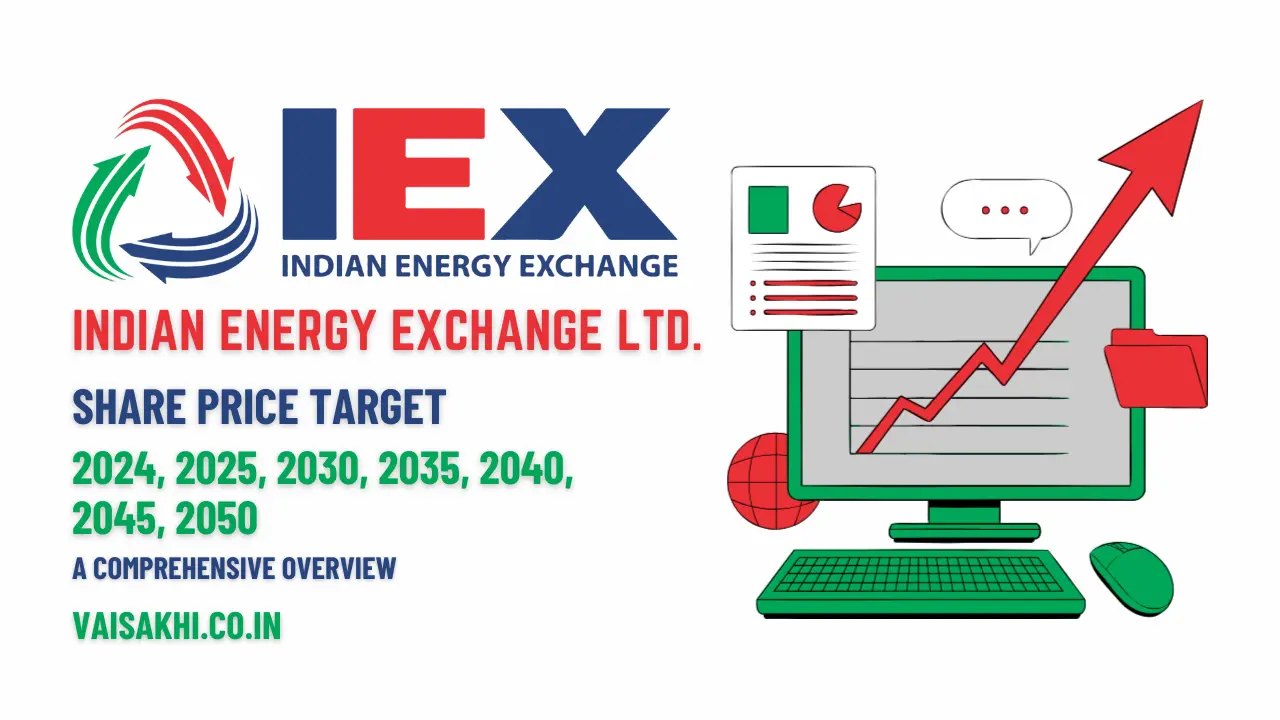Today, In this article we will share the Nestle India Share Price Targets for 2024, 2025, 2030, 2040, 2050. To know how the nestle stock will perform in the upcoming decads, read this complete analysis.
What is Nestle India Ltd.?
Nestlé India Limited, the Indian arm of the Swiss multinational Nestlé, has its headquarters in Gurgaon, Haryana. Known for its diverse range of products including food, beverages, chocolates, and confectioneries, the company was founded on March 28, 1959.
It was established under the promotion of Nestle Alimentana S.A. through its subsidiary, Nestle Holdings Ltd.
As of 2020, Nestlé maintains a 62.76% ownership stake in Nestlé India. The company operates nine production facilities situated in various locations across India.
Company Profile
| Company type | Public |
| Traded as | BSE: 500790 NSE: NESTLEIND |
| Industry | Food processing |
| Founded | 28 March 1959 |
| Headquarters | Gurgaon, Haryana, India |
| Area served | India |
| CMD | Suresh Narayanan |
| Executive Director | Martin Roemkens |
| Brands | Maggi, Nescafé, Cerelac, KitKat, Nestea, Polo, Milkybar, Milo, Gerber |
| Revenue | ₹19,247 crore (US$2.4 billion) (2023) |
| Net income | ₹2,998 crore (US$380 million) (2023) |
| Number of employees | 7,649 |
| Parent | Nestlé (62.76%) |
| Website | nestle.in |
Nestle India Ltd. Fundamentals
| Market cap | ₹ 2,34,974.74 cr. |
| Enterprise value | ₹ 2,34,059.22 cr. |
| No. of shares | 96.42 cr. |
| P/E | 78.36 |
| P/P | 75.98 |
| Face value | ₹ 1 |
| Div. yield | 0.97 % |
| Book value (ttm) | ₹ 32.08 |
| Cash | ₹ 945.55 cr. |
| Debt | ₹ 30.03 cr. |
| Promoter holding | 62.76 % |
| Eps (ttm) | ₹ 31.10 |
| Sales growth | 14.63% |
| ROE | 108.52 % |
| Roce | 152.61% |
| Profit growth | 12.85 % |
| Year | Nestle India Share Price Target 2024 |
|---|---|
| 2024 | ₹2,500-₹2,800 |
Nestle India share price target for 2024, Estimates range from a high of ₹2,800 to a low of ₹2,500. It reflects both optimism about the company’s strong financials (high ROE, low debt) and some concerns (low current ratio, high P/E).
Solid sales growth and efficient asset utilization point towards a promising future.
Also Read: [JIOFIN] Jio Finance Share Price Target 2024, 2025, 2030, 2040 & 2050: A Complete Analysis Report
| Year | Nestle India Share Price Target 2025 |
|---|---|
| 2025 | ₹3,300-₹3,500 |
Analysts predict a bullish outlook for Nestle India share price in 2025. Target price range from ₹3,3016 to ₹3,400, potentially reaching as high as ₹3,500 by year-end.
It could be possible from the company’s strong financial performance, with factors like healthy profit margins, low debt, and consistent sales growth driving confidence.
Also Read: DMART Share Price Target 2024, 2025, 2030, 2040 to 2050
| Year | Nestle India Share Price Target 2030 |
|---|---|
| 2030 | ₹4,800-₹5,300 |
Nestle has a dominant market position and a proven track record of innovation. Their consistent profitability and low debt levels make them well-positioned for long-term growth.
Considering their brand strength and potential market expansion, I wouldn’t be surprised to see the share price reach ₹5,300 or even higher by 2030, especially if the overall market remains bullish.
Also Read: Trent Share Price Target 2024, 2025, 2030, 2040 & 2050: A Strategic Analysis
| Year | Nestle India Share Price Target 2040 |
|---|---|
| 2040 | ₹10,200-₹11,300 |
While Nestle is a solid company, the long-term forecast is inherently uncertain. Unforeseen economic downturns or industry disruptions could impact their growth trajectory. Analysts estimate for 2030 would be around ₹10,200, with the possibility of reaching ₹11,300 if they can maintain their current performance.
Also Read: Hindalco Share Price Target 2024, 2025, 2030: A Strategic Analysis
| Year | Nestle India Share Price Target 2050 |
|---|---|
| 2050 | ₹23,000-₹25,000 |
According to the Analysts, Nestle India Share price stands between ₹23,000-₹25,000 in 2050.
Also Read: Mukka Proteins Share Price Target 2024, 2025 to 2030
How healthy Nestle India Balance Sheet?
Equity and Liabilities:
- Share Capital: The company’s share capital has remained constant at ₹96.42 crore throughout the period.
- Total Reserves: Total reserves have shown significant growth, increasing from ₹3,577.32 crore in December 2018 to ₹2,362.75 crore in December 2022. This indicates strong profit retention by the company.
- Borrowings: Borrowings have been consistently low, ranging from ₹26.66 crore to ₹53.14 crore. This suggests the company has a conservative debt management strategy.
- Other Non-Current Liabilities: These liabilities have also increased steadily, reaching ₹3,387.55 crore in December 2022. Further analysis is needed to understand the nature of these liabilities.
- Current Liabilities: Current liabilities have grown proportionally with total liabilities, indicating an increase in short-term obligations.
Assets:
- Net Block: Net block has seen some fluctuations but remains relatively stable, suggesting ongoing investments in property, plant, and equipment.
- Capital Work in Progress (WIP): Capital WIP has shown some volatility, potentially indicating ongoing projects or delays in project completion.
- Intangible WIP: The company does not report any intangible WIP.
- Investments: Investments have decreased over time, possibly due to divestments or for funding operational needs.
- Loans & Advances: Loans and advances have increased, which could be due to increased lending activity or receivables from customers.
- Other Non-Current Assets: There are no reported other non-current assets.
- Current Assets: Current assets have grown steadily, indicating a potentially improving short-term liquidity position.
Nestle India Ltd. Cash Flow Analysis
Operating Cash Flow:
- Operating cash flow has remained positive throughout the period, ranging from ₹2,052.45 crore to ₹2,737.43 crore.
Investing Cash Flow:
- Investing cash flow has been negative in four out of the five years, with significant outflows in 2021 (₹1,920.33 crore) and 2022 (₹391.73 crore).
Financing Cash Flow:
- Financing cash flow has also been negative in all five years, with significant outflows in 2019 (₹3,601.53 crore) and 2022 (₹2,122.74 crore).
Net Cash Flow:
- Net cash flow has been positive in only two years (2020 and 2022), with significant negative cash flow in 2021 (₹1,704.30 crore).
- P/E Ratio (78.38): High, indicating Nestle might be overvalued compared to its earnings.
- Share Price (Rs 2,437.70): Use valuation tools to assess if it’s undervalued or overvalued.
- ROA (27.86%): Good sign for future performance, as higher ROA is desirable.
- Current Ratio (1.13): Low, raising concerns about the company’s ability to handle short-term obligations.
- ROE (108.52%): High, indicating efficient generation of profits from shareholder investments.
- Debt-to-Equity Ratio (0.01): Very low debt level, a positive sign for financial stability.
- Inventory Turnover Ratio (9.90): Low, suggesting potential inefficiency in managing inventory and working capital.
- Sales Growth (14.63%): Considered poor given Nestle’s overall performance.
- Operating Margin (21.93%): Not provided in the text, but can offer insight into operational efficiency.
- Dividend Yield (0.97%): Low, offering minimal returns on investment through dividends.
👍Strengths
- The company consistently achieves a robust Return on Equity (ROE) of 107.04% over the past three years.
- Maintains a healthy Return on Capital Employed (ROCE) of 150.71% over the past three years.
- Virtually debt-free.
- Healthy Interest coverage ratio of 22.06.
- Sustained effective average operating margins of 22.68% over the last five years.
- Efficient Cash Conversion Cycle of -64.19 days.
- Strong cash flow management with a CFO/PAT ratio of 1.16.
- High promoter holding of 62.76%.
👎Weakness
- Poor profit growth of 6.69% over the past three years.
- Poor revenue growth of 10.96% over the past three years.
- High Price-to-Earnings (PE) ratio of 78.36.
- High Enterprise Value to Earnings Before Interest, Taxes, Depreciation, and Amortization (EV/EBITDA) ratio of 50.98.
Conclusion
The analysis highlights a mix of positive and negative signs. Nestle’s strong profitability (ROE), low debt (D/E), and good return on assets (ROA) are positive indicators.
However, the high P/E ratio suggests potential overvaluation, and the low current ratio and inventory turnover ratio raise concerns about short-term financial health and operational efficiency. The low sales growth and dividend yield are also drawbacks.
FAQs
Does Nestle pay dividends?
Yes, Nestle does pay dividends. The text you provided earlier mentioned a current year dividend for Nestle of Rs 22 and a dividend yield of 0.97%.
Estimated Nestle share price target for 2025 is ₹3,300-₹3,500.
When did Nestle go public in India?
In November 1968, the company issued 300,000 shares at par value. Among these, 22,000 shares were reserved for directors and other stakeholders, while the remaining 278,000 shares were offered to the public.
The Nestle share price in 1990 was ₹64.67.
Recommended Articles:




